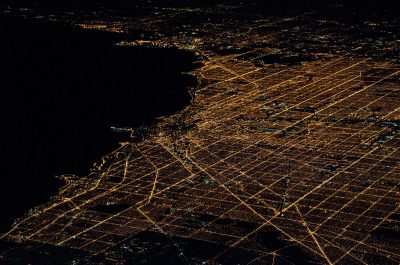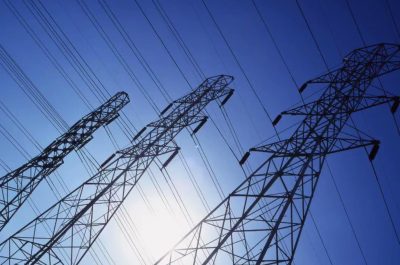Going it alone leaves Texas out in the cold
As climate change continues to demonstrate its effects through extreme weather conditions, we must learn to expect the unexpected. Last year, the USA experienced 22 extreme weather events that resulted in losses of more than US$1bn[1]. This was a record, surpassing the 16 events in 2011 and 2017. As severe weather becomes more frequent, it is crucial that energy systems are resilient to their impacts.
Last week, the state of Texas in the USA experienced an unprecedented polar vortex weather event that dropped temperatures to a record -19 degrees Celsius[2].
Record peak demand coupled with generators affected by freezing conditions forced a state-wide blackout that left millions of people without electricity.
This week, we explore what went wrong in Texas, the value of an interconnected system and the parallels with our own energy system in Australia.
Frozen
As temperatures plunged, the demand for heating via electricity and gas spiked. At the same time, wind turbines, pipes and instruments in natural gas and power plants started freezing up. Soon enough, 45,000 MW of generation went offline – to put that into context, the entire generation capacity of the National Electricity Market Is about 54,000 MW.
The state grid operator, Electric Reliability Council of Texas (ERCOT), saw the drastic imbalance in supply and demand reduce the grid frequency by almost 0.5 Hz within 30 minutes[3]. As a result, ERCOT was forced to initiate rotating blackouts to prevent long-term damage from uncontrolled, cascading outages. In Australia this is known as Under Frequency Load Shedding (UFLS).
ERCOT’s winter planning scenarios predicted peak demand would reach 67,512 MW in 2026/27 under “normal weather” conditions. The demand peaked at 69,150 MW last week[4].
As this event unfolded, public water utilities were also impacted which affected the water supply. Even as ERCOT declared an end to the emergency after five days, more than 14 million Texans were still cut off from potable water.
The economic toll on Texas is estimated to be $50 billion USD[5]. A historic event causing a historic impact that could have been mitigated, if not prevented entirely.
It is difficult to predict high-impact-low-probability events such as this, but it is certainly possible to adequately prepare for them. The past five years have seen on average 16, billion-dollar disaster events occur each year in the US, with 2020 shattering the record at 22.
Network operators are increasingly aware of this trend and electricity resilience is now a key planning consideration. So, it begs the question, what went so wrong in Texas?
A Kingdom of Isolation
Due to its historically rich energy resources (gas and oil) the Texas power grid is mostly independent from the rest of the US energy system with almost all its energy generated and used in-state. There is very limited interconnection and import ability, meaning it is unable to handle systemic shocks such as those experienced last week.
Part of the reason for this is cultural with most Texans wanting to minimise federal oversight and regulation in the state. It is also an effort to drive competition in an energy-only market, with a price cap of $9,000/MWh (which was reached last week).
By focusing on competition and with minimal regulatory safeguards, there is little to no financial incentive for market participants to invest in protecting infrastructure from extreme weather. This is exacerbated by the fact that extreme cold weather is so infrequent in the southern US states.
Texas has also avoided employing capacity mechanisms for emergency reserve power. Again, underscoring its lack of interconnection outside of the state and effects of deregulation as there is no incentive to take precautions for rare events.
Deregulation may have done its job in reducing power bills for customers, but it also exposed the state to catastrophic consequences.
The NEM – Letting it go?
We’ve explored the future of the NEM given the announcements from state governments at the end of 2020. Additional states have now released their own plans to deliver a system that supports a rapid transition to low carbon energy, with Victoria announcing its Renewable Energy Zone Development Plan and the creation of VicGrid. In this increasingly fractured system, transmission networks are the vital arteries connecting customers to renewable generation and providing resilience.
While Australia is unlikely to experience an icy blast, Texas offers a cautionary tale. It looks like we’re never going back to the NEM approach of the past, but we must ensure that in turning away from a national approach, that states don’t end up out in the cold.
[1] Billion-Dollar Weather and Climate Disasters: Overview | National Centers for Environmental Information (NCEI) (noaa.gov)
[2] Hundreds of thousands remain without power as more snow is headed to Dallas-Fort Worth on heels of record cold (dallasnews.com)
[3] Texas Blackout: How the Electrical Grid Failed – Bloomberg
[4] FERC, NERC to investigate mass outages across ERCOT, SPP, MISO | Utility Dive
[5] AccuWeather estimates economic impact of winter storms | AccuWeather


